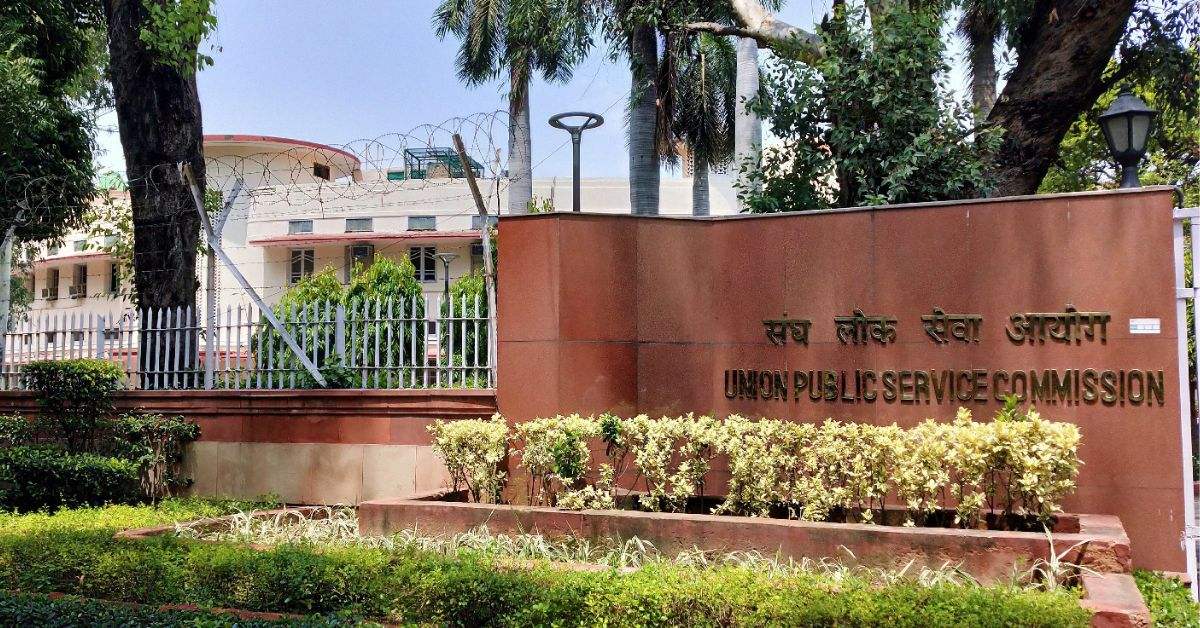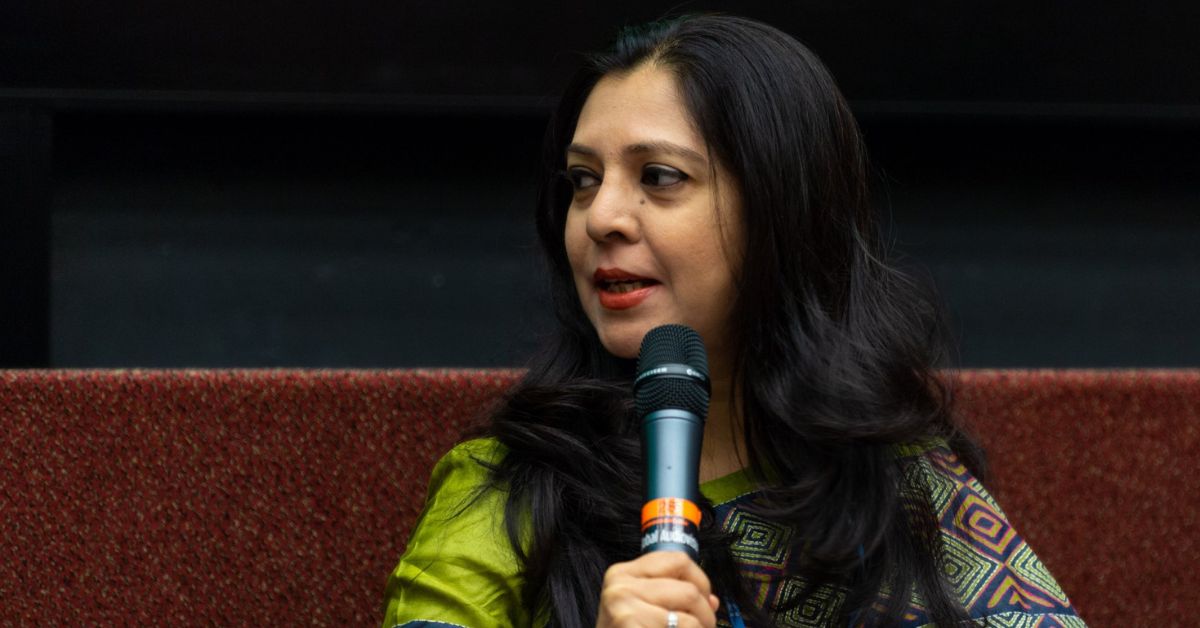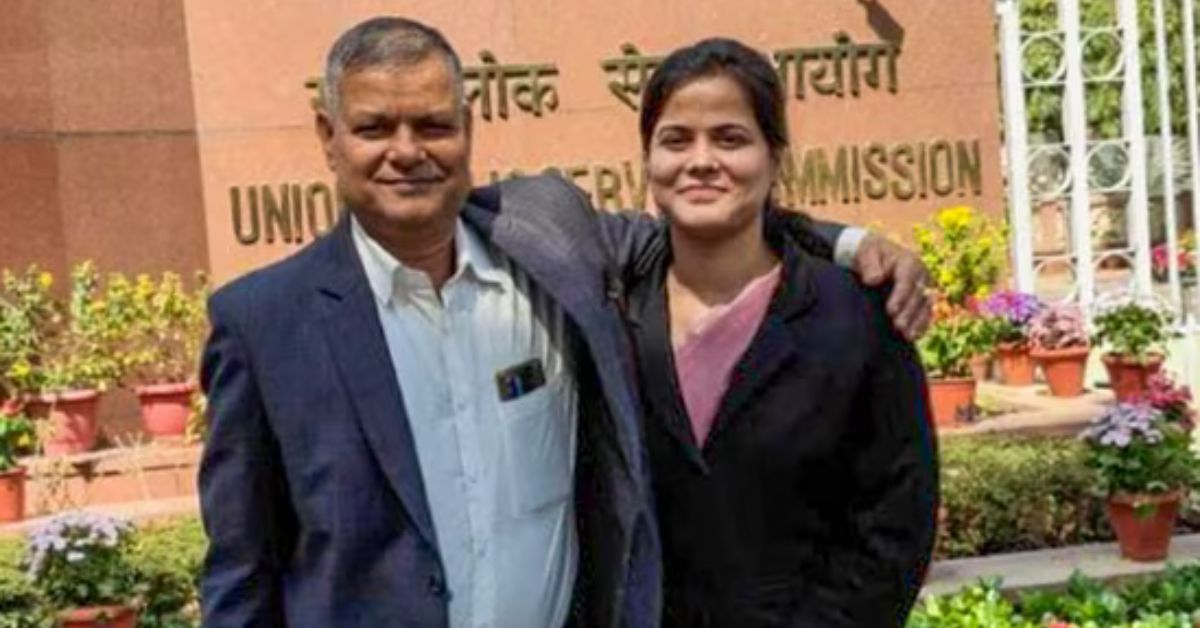Why West Bengal Has the Highest Number of Women IAS Officers in India
Feature image courtesy: The Guardian, ThePrint
In a system long defined by hierarchy, patriarchy and rigidity, change often doesn’t arrive with fanfare. Sometimes, it simply walks into a dusty district office, sits behind a desk, and quietly begins the work of rewriting the rules.
That’s what’s happening in West Bengal, a state that now leads the country in the number of women IAS officers. With 84 women IAS officers currently serving across departments and districts, it stands as a powerful reminder that the Indian bureaucracy is evolving, one posting at a time.
A quiet revolution within the steel frame
For decades, the Indian Administrative Service (IAS) was largely seen as a male bastion. Women who entered the service often found themselves posted to less “sensitive” departments or facing structural and social barriers that made leadership harder to access.
 In West Bengal, 84 women IAS officers are currently serving across departments and districts. Image courtesy: MindVoices
In West Bengal, 84 women IAS officers are currently serving across departments and districts. Image courtesy: MindVoices
But the latest data paints a different picture, especially in West Bengal.
According to the Department of Personnel and Training (DoPT), West Bengal has the highest number of women IAS officers in the country, a significant shift in a traditionally male-dominated space. Maharashtra follows with 78, Tamil Nadu with 69, and Kerala with 60.
From grassroots governance to top administration
Across the state, women IAS officers are taking charge of departments that influence daily life from finance to tribal welfare to disaster management. Their presence isn’t symbolic; it is transformational.
Take Smita Pandey, for instance, who serves as the Mission Director of the State Rural Livelihood Mission. Under her leadership, the mission has expanded its reach across rural Bengal, especially in empowering self-help groups led by women.
Then there’s Nandini Chakravorty from the 1994 batch, who serves as Principal Secretary, Home and Hill Affairs Department, with additional charges of Principal Secretary, Parliamentary Affairs Department and Principal Secretary, Tourism Department.
Priyanka Singla is an Indian Administrative Service (IAS) officer from the 2008 batch. She is currently posted as Special Secretary, Disaster Management and Civil Defence Department in the Government of West Bengal. Previously, she served as the District Magistrate of Purba Bardhaman.
Meanwhile, Sanghamitra Ghosh of the 1997 batch serves as Principal Secretary of the Women and Child Development and Social Welfare Department.
Roshni Sen, a seasoned officer and the Additional Chief Secretary of the Fisheries Department, has long been known for her grassroots-focused work in inclusive policy development.
 Roshni Sen (1993 batch) is currently serving as Additional Chief Secretary, Fisheries, Aquaculture, Aquatic Resources. Image courtesy: Facebook.
Roshni Sen (1993 batch) is currently serving as Additional Chief Secretary, Fisheries, Aquaculture, Aquatic Resources. Image courtesy: Facebook.
These officers, and dozens more like them, are not just pushing files. They are building bridges, shaping policy, and bringing empathy to administration.
Why this matters
The presence of 84 women in West Bengal’s IAS cadre isn’t just a statistical high point. It marks a deeper shift in how governance is evolving to include diverse voices and why that matters.
Historically, governance in India has often been criticised for being top-down, impersonal, and exclusionary. Women officers bring different leadership styles to the table, with many focused on accessibility, dialogue, and equity.
Studies have also shown that women administrators are more likely to prioritise issues like healthcare, education, sanitation, and safety – sectors that directly impact the most marginalised.
In rural Bengal, the impact of this shift is already visible. From faster grievance redressal to more inclusive implementation of schemes, district-level officers are setting a new benchmark for public service delivery.
The road ahead: Building on this momentum
While West Bengal’s achievement is worth celebrating, it also serves as a benchmark for other states. The journey ahead is not just about recruiting more women into the IAS but ensuring they are supported, heard, and given room to lead.
From the narrow bylanes of Prayagraj to the maternity ward in Kerala and the quiet resilience of a Baroda graduate, the journeys of Shakti Dubey, Malavika G Nair, and Harshita Goyal offer a compelling portrait of what it means to persevere with purpose.
Shakti Dubey, who secured the All India Rank 1 in the UPSC 2024 exam, is the daughter of a police officer in Uttar Pradesh. Her achievement is not only a testament to her academic brilliance but also a reflection of her grounded upbringing and the values instilled in her by a family steeped in public service. With her feet firmly planted and her eyes set on impactful change, Shakti is poised to be a dynamic force in India’s civil services.
 Shakti Dubey, who secured the All India Rank 1 in the UPSC 2024 exam. Image courtesy: HT
Shakti Dubey, who secured the All India Rank 1 in the UPSC 2024 exam. Image courtesy: HT
Malavika G Nair, who secured AIR 45, rewrote the narrative around motherhood and ambition. A new mother from Kerala, Malavika, stunned many when she appeared for the UPSC mains just 17 days after giving birth. Her journey was anything but easy — juggling postpartum recovery, a newborn, and one of the country’s most demanding exams — yet she persisted with grace and focus. Malavika’s success sends a powerful message to aspiring women everywhere: motherhood need not mean the end of a dream.
Then there’s Harshita Goyal, AIR 2, whose journey is steeped in quiet determination. After losing her mother to cancer, her father relocated their family from Rajasthan to Gujarat in search of stability and opportunity. A Chartered Accountant and an alumna of MSU Baroda, Harshita cleared the UPSC in her third attempt, proving that setbacks are not roadblocks, but stepping stones. Her story is one of endurance, shaped by loss but propelled by vision.
Together, these three inspiring women IAS officers remind us that true leadership begins with grit, empathy, and the will to transform not only their own lives, but the world around them.
News